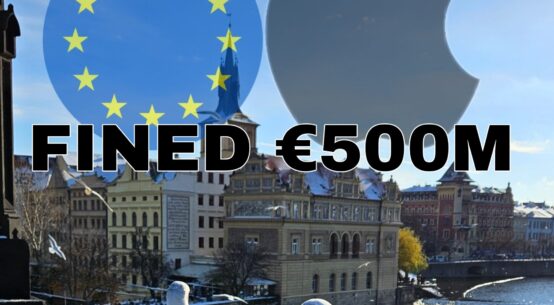The European Union (EU), a unique political and economic union of 27 countries, crafts laws that shape not only Europe’s internal market but influence global standards in areas like data protection, competition, environment, and human rights.
Yet the way the EU drafts and adopts its laws remains a complex, multi-layered process that sets it apart from traditional national law-making systems.
This deep dive explores how EU laws are made — from initial ideas to final adoption — and highlights the growing legal and political challenges within Europe’s intricate legislative machinery.
The Starting Point: Identifying the Need for Action
Every EU law starts with the recognition that a European-level solution is needed. This typically happens when:
- Existing national laws diverge too widely,
- An issue crosses national borders (e.g., environmental protection, digital markets),
- Citizens, interest groups, or institutions raise concerns needing uniform regulation across the bloc.
At this early stage, the European Commission — the EU’s executive body — plays a pivotal role. It gathers evidence, consults stakeholders, and often publishes a roadmap or inception impact assessment to outline potential approaches and impacts before proceeding.
The Proposal: Drafting EU Law
The Commission holds a near-monopoly on legislative initiative. It is responsible for drafting proposals for new European laws, often based on:
- Public consultations,
- Expert group recommendations,
- Studies and impact assessments,
- Feedback from the European Parliament, national governments, and civil society.
Once a draft law is prepared, it must be formally adopted by the College of Commissioners (the Commission’s leadership) before it proceeds to the legislative phase.
Decision-Making: Parliament and Council in Action
Once the Commission proposes a law, two key institutions must scrutinize, debate, and adopt it:
- The European Parliament (representing EU citizens), and
- The Council of the European Union (representing national governments).
In most cases, the procedure used is the Ordinary Legislative Procedure — formerly called “co-decision” — meaning both Parliament and Council must agree for a proposal to become law.
This process involves:
- First Reading: Both Parliament and Council separately examine the proposal and suggest amendments.
- Second Reading: If they disagree, a second review allows for further amendments.
- Conciliation Committee: If disagreements persist, a committee tries to find a compromise.
- Third Reading: Final approval of the compromise text by both bodies.
If either Parliament or the Council ultimately rejects the law at key stages, the proposal fails.
Adoption and Implementation
Once adopted, the law is published in the Official Journal of the European Union. Depending on its type, it takes different forms:
- Regulations: Directly applicable in all member states without national implementation.
- Directives: Bind member states to achieve a result but allow them to choose how to do so within their legal systems.
- Decisions: Binding on those to whom they are addressed (e.g., specific countries, companies).
- Recommendations and Opinions: Non-binding, but influential in guiding behavior.
Member states are responsible for transposing directives into national law within a specified time frame — failure to do so can result in infringement proceedings before the European Court of Justice.
Special Cases: Faster and Simplified Lawmaking
In some areas (e.g., foreign policy, taxation), the EU uses special legislative procedures where the Parliament has only a consultative role, and the Council decides alone. This reflects the sensitivity and sovereignty concerns of member states in certain domains.
Legal and Political Implications
The EU’s lawmaking system is designed for consensus, making it slower but often more stable and resilient compared to national systems. However, it also faces significant legal and political challenges:
- Democratic legitimacy: Critics argue the system is too complex and distant from ordinary citizens.
- Regulatory burden: Businesses often complain about “over-regulation” from Brussels.
- National sovereignty: Some governments resist deeper European integration, especially when laws impact sensitive areas like immigration, defense, or taxation.
Legal practitioners must navigate a dual compliance environment — respecting both national law and EU law, often simultaneously.
Conclusion: A Global Legal Powerhouse
Though intricate and sometimes opaque, the EU’s lawmaking process has produced some of the most influential legal frameworks of the 21st century — from the GDPR (General Data Protection Regulation) to climate neutrality targets and trade agreements impacting billions.
As globalization intensifies and new challenges like digitalization, security, and climate change arise, understanding how the EU drafts its laws is no longer just a European concern — it is a global necessity for legal professionals, businesses, and policymakers alike.






